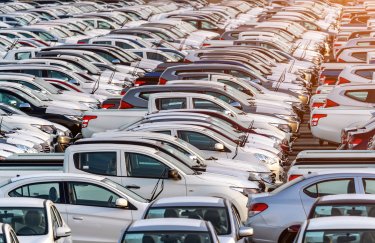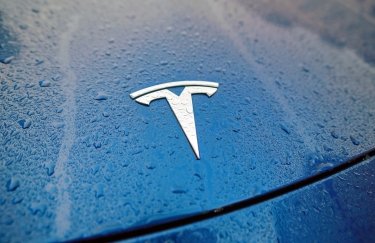-

Tetyana Yermolenko
Correspondent

How has the dollar exchange rate changed the prices of new cars in Ukraine? / Freepik
As is known, the majority of latest automobiles in Ukraine are imported products, and their cost per vehicle is almost entirely correlated with international currencies, mainly the US dollar and the euro. The financial logic here is straightforward: if the dollar’s value rises relative to the hryvnia, dealers are compelled to acquire vehicles and components at a higher price. These added expenses are invariably transferred to the ultimate buyer.
What contributes to the surge in vehicle costs within Ukraine? Discover more in-depth examination regarding the impact of the dollar’s value on the economy and current automotive market dynamics on the portal Delo.ua , an internet source focused on commerce, economics, and technological advancements.
Currency Element and Import Reliance
The Ukrainian automotive sector relies on imports for 98% of its supply, rendering it remarkably susceptible to any monetary shifts. Throughout 2024–2025, financial volatility prompted by military and economic considerations periodically swayed the dollar’s exchange rate.
Variations in the dollar’s exchange rate instantly elevate the declared value of a vehicle, which serves as the foundation for determining tariffs, special taxes, and VAT. As a result, each percentage point devaluation of the hryvnia significantly multiplies the ultimate price of the automobile at the border.
Beyond the immediate repercussion, modern vehicles are also increasing in cost because of worldwide trends, which are intensified by monetary risks. These encompass:
- Logistical expenditures, in which international freight charges, protection, and fuel costs are settled in foreign funds.
- The augmentation in the cost of manufacturing automobiles overseas (resources, labor), which establishes elevated baseline prices for autos prior to their import into Ukraine.
Market Overview: Shifting Consumer Preferences
Despite the escalation of car prices in Ukraine , the market displays a partial rebound in consumption, albeit with altered priorities. Throughout 2025, strong interest in current vehicles persists , notably within the crossover and electric vehicle categories.
Specifically, new vehicles in Ukraine from Chinese manufacturers (e.g., BYD, Zeekr), which are vigorously competing in the electric vehicle sphere, have acquired considerable market penetration. Their comparative cost-effectiveness and vigorous promotion partially offset the comprehensive advancement of the average automobile price , yet do not negate the essential alignment with the dollar’s worth .
The price increases stemming from monetary instability compel consumers to more cautiously select their vehicle design. It similarly boosts demand in the used automobile market, where certain prospective purchasers of current cars seek more economical substitutes. The eventual expense of a vehicle within a dealership, hence, symbolizes a blend of international production costs and the local dollar’s worth , which generates elevated automobile costs .






